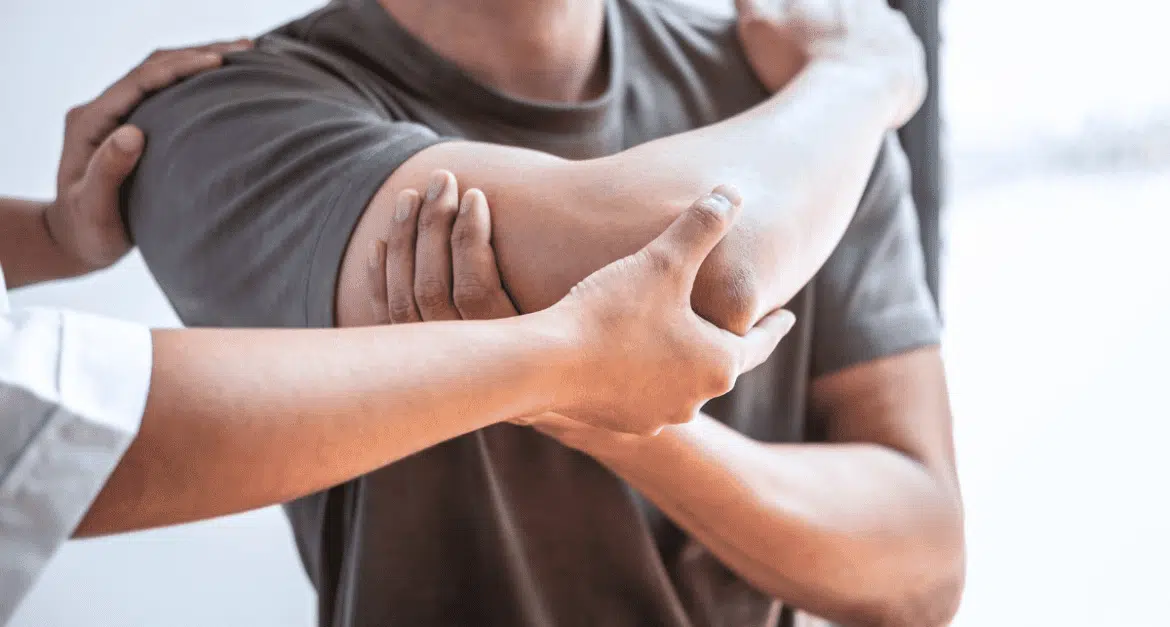What is Dynamic Neuromuscular Stabilization?
Dynamic neuromuscular stabilization, or DNS, is a therapeutic approach that aims to restore and improve the body’s movement patterns by focusing on the natural developmental stages of motor control. Essentially, it’s about retraining your body to move the way it was designed to, starting from how we naturally learned to move as infants.
The Origins of DNS
DNS was developed by Professor Pavel Kolar, a renowned Czech physiotherapist. His work is based on the understanding that our early developmental stages, such as crawling and walking, play a critical role in our neuromuscular control. By revisiting these stages, DNS helps in correcting faulty movement patterns and improving overall function.
How Does DNS Work?
DNS works by engaging the body’s intrinsic stabilizing system. Think of it as teaching your body to use its core muscles the way a building uses its foundation. When your core is stable, every movement becomes more efficient and less prone to injury. DNS exercises mimic the developmental positions we naturally used as infants, such as rolling, crawling, and squatting, to reprogram the body’s motor control system.
Benefits of DNS
Improved Posture: DNS helps in aligning the spine and body, reducing strain and improving posture.
Enhanced Performance: Athletes can benefit from DNS by improving their movement efficiency and reducing the risk of injury.
Pain Relief: DNS can alleviate chronic pain by addressing its root cause – poor movement patterns.
Injury Prevention: By stabilizing the core and enhancing motor control, DNS reduces the likelihood of future injuries.
Who Can Benefit from DNS?
DNS is beneficial for a wide range of individuals, from athletes looking to enhance performance to individuals recovering from injury. It’s also effective for those suffering from chronic pain, such as back or neck pain, and for anyone looking to improve their overall movement and posture.
Common DNS Techniques
Breathing Exercises
Proper breathing is fundamental in DNS. It helps activate the diaphragm and core muscles, setting the foundation for stable movement.
Developmental Positions
Exercises based on positions like crawling, squatting, and rolling help re-establish natural movement patterns.
Core Stabilization
Strengthening the core muscles to support the spine and improve overall stability.
DNS in Action: Real-Life Applications
Imagine you’re lifting a heavy box. Without proper core stability, you might strain your back. DNS trains your body to engage your core, making such tasks safer and more efficient. This principle applies to everyday activities, sports, and even rehabilitation from injuries.
What to Expect in a DNS Session
A typical DNS session begins with an assessment of your current movement patterns and posture. The therapist will then guide you through exercises that mimic developmental stages, focusing on proper breathing and core engagement. The goal is to make you more aware of your body and how it moves, ensuring you can carry these principles into your daily life.
Combining DNS with Other Therapies
DNS can be combined with other therapeutic approaches, such as physical therapy, chiropractic care, and even yoga. This combination can enhance overall effectiveness, providing a more comprehensive treatment plan tailored to individual needs.
How to Get Started with DNS
To begin your journey with DNS, it’s essential to find a certified DNS practitioner. At Carolina Pain & Performance, our team is trained in this innovative approach and can help you integrate DNS into your rehabilitation or fitness routine.
Common Misconceptions About DNS
DNS is Only for Athletes
While athletes benefit greatly from DNS, it’s not limited to them. People of all ages and activity levels can see improvements in their movement and pain levels.
DNS is Just Another Workout
DNS is not just a workout. It’s a comprehensive approach to retraining your body’s movement patterns for better stability and function.
You Need Special Equipment
Most DNS exercises require little to no equipment, focusing instead on natural body movements.
Conclusion
Dynamic neuromuscular stabilization offers a unique and effective way to enhance your body’s natural movement patterns, improve posture, and reduce pain. Whether you’re an athlete aiming to boost performance or someone dealing with chronic pain, DNS can provide significant benefits. At Carolina Pain & Performance, we are dedicated to helping you achieve better health and function through this innovative approach.


